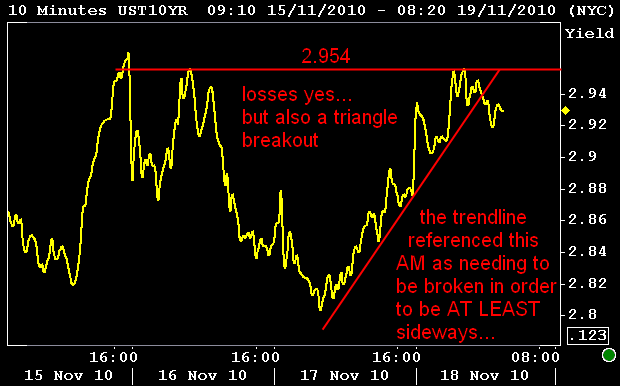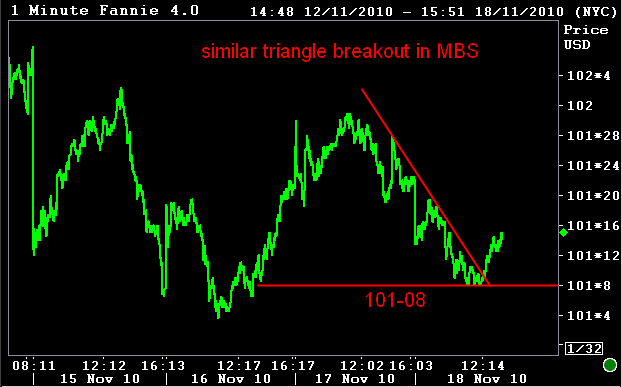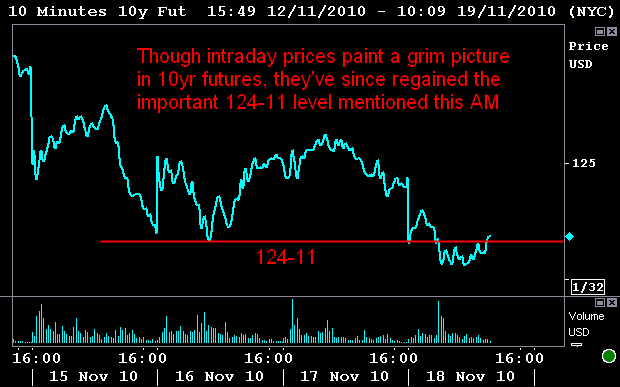Even if you're too old for the usual Halloween thrills and chills this year, there's still potential for plenty of spookiness ... lurking right inside your wallet.
(Cue the scary music).
It's your credit card. Chances are it has provided you with plenty of "treats" in the past, but you should beware of the "tricks," too. Here are some of the most frightening scenarios you might encounter with your credit card, along with the best tips for facing down those demons before they eternally haunt you.
Credit card nightmare No. 1: You lost your card (or someone stole it).
It happens to many of us -- you just can't locate your card after retracing all your steps. The ghost of your credit card is on the loose.
"The first thing you need to do is notify your card issuer," said Mike McCoy, president of Wells Fargo consumer credit cards. "To keep a scary situation from getting even scarier, the company can work with the consumer to make sure that a new card gets out to the consumer and that the old card is shut down."
Do this sooner rather than later to avoid further problems should your card fall into the wrong set of claws. And if you pay any bills with your credit card, be sure to give those creditors your new card's information, so you don't inadvertently miss a payment.
Credit card nightmare No. 2: You've become identity theft's latest victim.
It might not make for the most enticing horror film plot, but identity theft is a very real fright these days, affecting more than 9 million Americans every year.
What can you do if charges that you didn't make suddenly start to materialize on your credit card statement?
First, contact the bank that issued the card, says Richard Bialek of the Bialek Group, a corporate financial advisory firm. "Also check your statement to see if you can identify who the merchant is and when and for what amount the transaction was. Having it available when you call the bank helps speed up the process."
In order to protect yourself from identity theft, look into your credit card company's fraud protection services, which may include tools for alerting you when purchases are made in certain categories.
McCoy says it's also important to use common sense to ward off would-be identity thieves -- continually scrutinize your statements, shop with merchants you know, sign the back of your card, don't give out financial information over the phone and don't leave receipts lying around.
Credit card nightmare No. 3: You missed a payment.
Missing a credit card payment can potentially slash your credit score, grim reaper-style. And the longer you go without making a payment, the more damage it will do. Being 120 days late on a payment has the same negative effect as a repossession on your credit report.
Once again, experts unanimously says the best thing to do is to pick up the phone and call your credit card company.
"Typically, it is best to make sure that you make up your late payment within 60 days, because only after 60 days can your credit card company increase your interest rate because of your late payment," said Dani Zabala, who writes the blog
GetBankSmart.
And if you can make the payment within 30 days, even better, because then it might not even show up on your credit report, he says.
Late fees are another nightmare. Most companies assess them automatically, "hence there is usually little you can do to pre-emptively stop them from happening before the fee is applied. But there are usually several steps you can take after the fee is charged," Zabala says.
Contacting your card issuer and asking for a refund of the fee is the best route. Zabala said the company typically looks at three things when deciding to reverse the fee: "One, the regularity of the occurrence; two, your total value to the credit card company; and three, the overall 'health' of your account."
Credit nightmare No. 4: Your credit card company hikes your interest rate.
Ushered in on a wave of changing credit card industry regulations, many consumers have been surprised by unwelcome changes to their credit card terms, such as increased interest rates or annual fees. Yikes.
The good news is many companies are willing to work with consumers to find a solution.
"I think it's always important in situations like this to contact the company and inquire as to the reasons that has occurred and what other alternatives there might be," McCoy said.
Consumers have 45 days following notification of a rate increase to respond to the credit card company, Zabala said. If the matter is not resolved to your satisfaction, you can choose to decline the company's offer and close your card. You won't be able to charge on the card anymore, but any remaining balances you have at closure will stay at the original rate. You may transfer the balance to another card if better offers are available to you.
Credit nightmare No. 5: You are denied credit.
Not having access to credit is a huge concern, since in order to build your credit standing, you have to have access to credit to begin with.
What to do if you've been denied?
"Contact the bank and ask for an explanation why, and confirm they have the correct information," said Bialek. "In addition, the applicant can request a copy of any credit report that was used to make the decision. It is a good idea to regularly check your credit bureau reports to ensure the information is correct."
The bank might also be able to offer you an alternative, such as a secured card, said McCoy, which might lead to access to credit in the future.
The bottom line is that in each of these scary scenarios, remember that your credit card company isn't the bogeyman. It's best to try to work out your problems directly with the issuer. Hiding in a spooky dark closet, tempting as it may be, is not an option.
__________________________________________________________________________________
By seeing a Mortgage Broker in Kelowna like Brad Adams you can get the best advice on avoiding this scare.
by Cynthia J. Drake on Yahoo.ca
Brad Adams a Mortgage Broker specialist will get you the best and lowest mortgage rates for real estate and refinance in kelowna and all of B.C.









